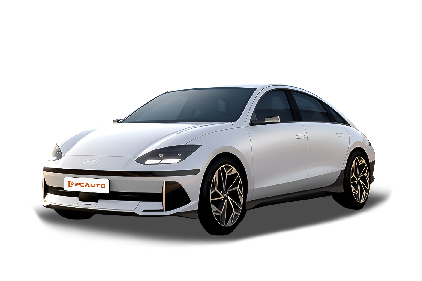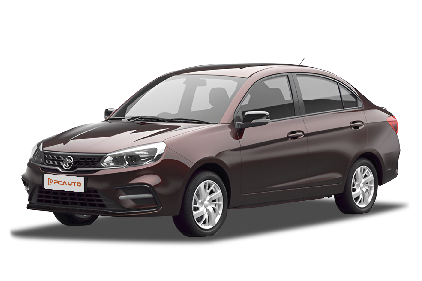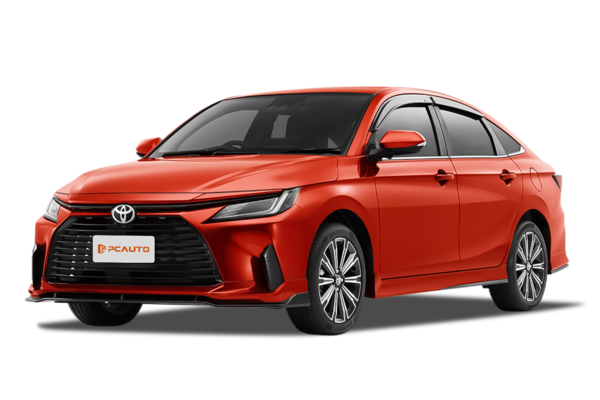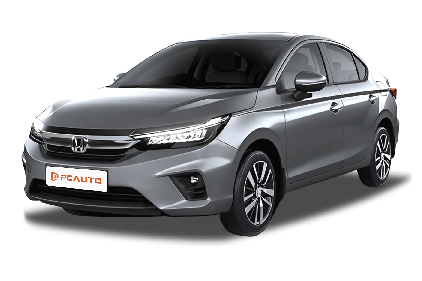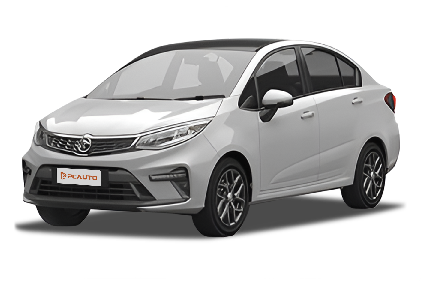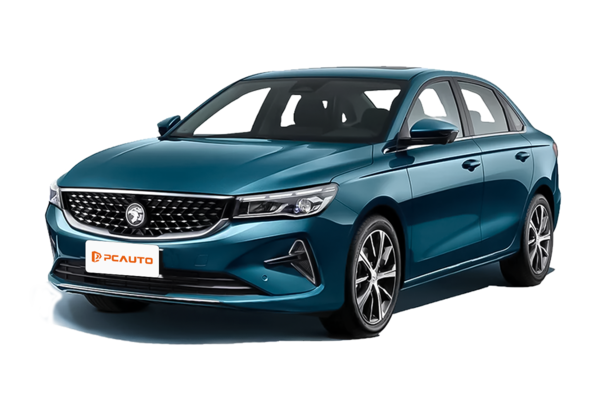Q
How much will 2025 Tucson cost?
The exact pricing for the 2025 Tucson hasn’t been announced yet, but based on the current model’s price range and its positioning in the compact SUV segment, we expect a starting price between RM140,000 and RM180,000. Final figures will vary depending on trim levels and optional extras.
The new model is likely to feature upgraded driver-assist tech, including more advanced lane-keeping and adaptive cruise control. Inside, we could see improved materials, a larger infotainment screen, and added convenience features like wireless charging.
With the compact SUV market getting more competitive, brands are packing in better tech while keeping prices sharp. If you’re interested, keep an eye out for official updates or check with local dealers for the latest offers. It’s also worth comparing specs and pricing against rivals to make the right choice.
Q
Will the Hyundai Tucson change in 2025?
Based on current information, the 2025 Hyundai Tucson is expected to receive several updates, likely including subtle exterior styling tweaks, interior upgrades, and enhanced tech features—such as a more advanced infotainment system or driver-assistance technologies. However, official details are still pending.
Hyundai typically refines design language and boosts tech offerings during mid-cycle updates, so the new Tucson may feature sharper lighting signatures or a larger touchscreen while retaining existing powertrain options, including gasoline and hybrid variants.
For buyers prioritizing practicality and technology, the Tucson has always been a solid value proposition in its class, offering spacious interiors and generous standard features that cater well to families. The refreshed model could further strengthen these strengths.
If you're considering a purchase, keep an eye out for official updates later this year to confirm specs and launch timing. It’s also worth cross-shopping rivals in the segment to ensure you’re choosing the right SUV for your needs.
Q
What is the safety rating of the 2019 Hyundai Santa Fe?
The 2019 Hyundai Santa Fe delivers outstanding safety performance, earning top marks from leading evaluation agencies. It secured the IIHS "Top Safety Pick+" rating in the U.S. and a five-star Euro NCAP score in Europe—thanks to its rigid body structure, comprehensive active safety features, and advanced driver-assistance systems.
Standard equipment includes forward collision warning, automatic emergency braking, lane-keeping assist, and blind-spot monitoring. Higher trims add adaptive cruise control and rear cross-traffic alert for even greater protection.
Family-focused buyers can trust the Santa Fe’s safety credentials. Its high-strength steel construction effectively absorbs and disperses crash energy, while multiple airbags provide added security.
If you’re considering a used Santa Fe, don’t just rely on its safety ratings—check maintenance records and accident history to ensure all safety systems function properly. Even the best safety tech needs regular upkeep to perform at its best.
Q
Does the 2019 Santa Fe have a sunroof?
Certain higher-trim 2019 Santa Fe models did come equipped with a panoramic sunroof, which significantly enhances cabin brightness and overall comfort. However, availability depends on the specific trim level purchased, as features vary across the range.
For sunroof maintenance, make sure to regularly clean the tracks and check that drainage holes are clear. Avoid prolonged sun exposure to prevent rubber seal deterioration—these simple steps can extend its lifespan. If you're considering a used Santa Fe, pay close attention to the sunroof's operation and check for any signs of water leakage, as these details often reveal how well the vehicle's been maintained.
While the sunroof does add to the enjoyment on road trips, drivers in hotter climates may find themselves using the sunshade more frequently to keep the cabin comfortable.
Q
Is there any recalls on the 2019 Hyundai Santa Fe?
The 2019 Hyundai Santa Fe was subject to recall notices in certain markets due to potential safety concerns. These included possible short circuits in the brake system's hydraulic electronic control unit, which could reduce braking force, as well as necessary software updates for the anti-lock braking system (ABS) in some vehicles.
Owners are advised to check their vehicle's recall status using the VIN on Hyundai’s official website or through an authorized service center to ensure their vehicle meets the latest safety standards. As a good practice, regularly test your brake response and ABS functionality. If you notice a stiff brake pedal or warning lights, have it inspected immediately.
Hyundai operates a global recall system, with all repairs handled free of charge at authorized service points—just book an appointment. For used car buyers, verifying whether previous owners completed all recall fixes should be part of the pre-purchase checks.
Q
Is the 2019 Santa Fe reliable?
The 2019 Santa Fe delivers solid reliability overall. Its 2.4L and 2.0T engines are proven units, paired with either smooth-shifting 6-speed or 8-speed automatic transmissions that show low failure rates. Maintenance costs are reasonable for the segment.
You'll appreciate the spacious cabin and generous equipment, especially the safety tech like forward collision warning and lane keeping assist – these really boost confidence behind the wheel. That said, a few owners report occasional infotainment system glitches, so it's worth checking for software updates before purchase.
As a family SUV, the Santa Fe's durability sits above average in its class. Stick to the maintenance schedule and drive it right, and it'll serve you well for years. For used models, always review the full service history and pay extra attention to the undercarriage and electronics – these tell you more about the car's real condition than anything else.
Hyundai's build quality has come a long way, and this Santa Fe proves it. For practical buyers who want bang for their buck, it's a trustworthy choice.
Q
Does the 2019 Santa Fe have 3 rows?
The 2019 Santa Fe offers an optional third-row seating configuration in select markets, making it a seven-seater for family-oriented buyers. However, availability depends on trim levels and regional specifications—higher trims are more likely to include this feature.
As a midsize SUV, it prioritizes practicality, though the third row is best suited for children or occasional adult use on shorter trips. For extended journeys, adults may find it somewhat cramped. Competing models like the Toyota Fortuner or Honda CR-V also offer similar three-row layouts in this segment.
If you're considering the seven-seat version, we recommend test-driving to evaluate the third-row space firsthand. Also, keep in mind that additional seating may affect vehicle inspections and insurance policies. For frequent group travel, an MPV might be a better choice, as they typically provide more generous third-row accommodations.
Before purchasing, always verify the seating configuration with the dealer or check the spec sheet, as mid-cycle updates can sometimes alter available options.
Q
Is the 2019 Santa Fe a reliable car?
The 2019 Santa Fe delivers decent reliability for a midsize SUV. Its proven 2.4L four-cylinder and 2.0L turbocharged engines provide smooth power delivery, while the transmission pairing is well-sorted. Major mechanical issues are uncommon in daily driving.
Owners report the suspension is tuned for comfort, making it family-friendly, and the interior materials/fit-and-finish are competitive for the segment. That said, some owners note occasional minor glitches with electronics—like infotainment screen lag—though these rarely affect drivability.
If buying used, always check the vehicle history or opt for units with complete maintenance records. Hyundai's quality has improved noticeably in recent years, and as their flagship SUV, the Santa Fe remains a generally dependable choice. Just remember—consistent maintenance and proper care go a long way in keeping it trouble-free.
Q
What is the recall on the 2019 Hyundai Santa Fe?
The 2019 Hyundai Santa Fe recall primarily addresses two critical issues. First, certain vehicles may have a software glitch in the anti-lock braking system (ABS) module, which could potentially increase stopping distances under specific conditions, raising collision risks. Hyundai is resolving this by rolling out a control module software update.
Second, some models may contain a hydraulic electronic control unit (HECU) with manufacturing defects that could lead to electrical shorts, posing a fire hazard. Dealers will inspect and replace affected components at no cost.
Recalls like these are proactive safety measures initiated by automakers. Owners can check their vehicle’s recall status by entering the VIN on Hyundai’s official website. Keep in mind, all car brands occasionally issue recalls due to supply chain issues or the complexity of modern electronics—it’s actually a sign of responsible manufacturing.
We recommend staying updated with brand service bulletins and completing recall repairs promptly. Most software updates or part replacements take just 30 minutes to 2 hours and won’t void your warranty. If you notice abnormal brake warning lights or a burning smell, contact an authorized service center immediately.
Q
What engine options did the 2019 Santa Fe offer?
The 2019 Santa Fe offers two engine options to suit different driving needs.
First up is the 2.4L naturally aspirated four-cylinder, delivering a solid 185 horsepower and 178 lb-ft of torque. It’s a great fit for daily city driving, with balanced fuel efficiency and smooth power delivery.
If you’re after more punch, the 2.0L turbocharged four-cylinder steps it up with 235 horsepower and 260 lb-ft of torque—perfect for drivers who want extra power for highway passing or loaded-up trips. Both engines pair with an 8-speed automatic transmission for seamless shifts.
As a midsize SUV, the Santa Fe strikes a nice balance between efficiency and performance. It also packs Hyundai’s latest safety tech at the time, like forward collision warning and lane-keeping assist, to help keep things secure on the road.
Quick note on the turbo: By forcing more air into the combustion chamber, it squeezes out extra power from the same displacement. Just remember—regular maintenance is key to keeping that turbo running smoothly for the long haul.
